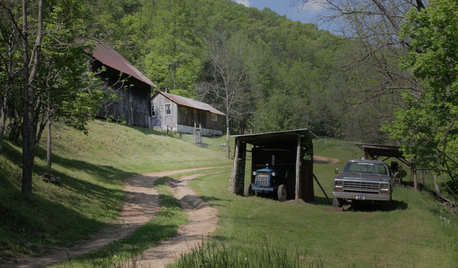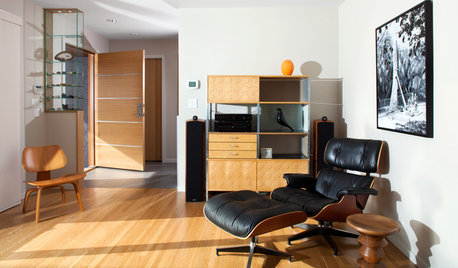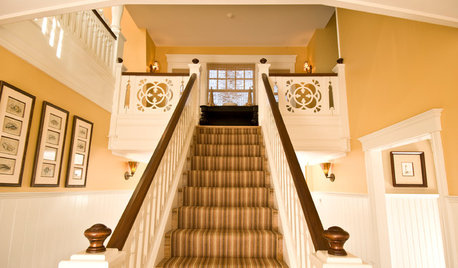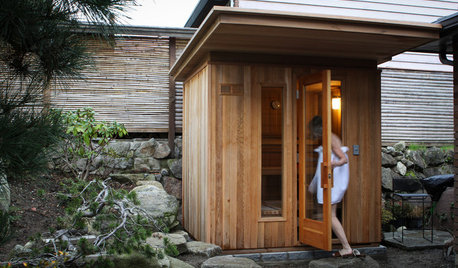2 water heaters, series or parallel??
macingrace
11 years ago
Related Stories

GREAT HOME PROJECTSHow to Switch to a Tankless Water Heater
New project for a new year: Swap your conventional heater for an energy-saving model — and don’t be fooled by misinformation
Full Story
TASTEMAKERSNew Series to Give a Glimpse of Life ‘Unplugged’
See what happens when city dwellers relocate to off-the-grid homes in a new show premiering July 29. Tell us: Could you pack up urban life?
Full Story
DECORATING STYLESFinding the 'Wabi-Sabi' in Midcentury Modern Design
Part 2 of our wabi-sabi series: in which Knoll, the Eameses and more celebrate streamlined forms around the home
Full Story
CONTRACTOR TIPSBuilding Permits: The Submittal Process
In part 2 of our series examining the building permit process, learn what to do and expect as you seek approval for your project
Full Story
GREEN BUILDINGHouzz Tour: Going Completely Off the Grid in Nova Scotia
Powered by sunshine and built with salvaged materials, this Canadian home is an experiment for green building practices
Full Story
OUTBUILDINGSMy Houzz: A Tale of 2 Saunas
A trip to Finland, an inspiring photo and a twinge of envy lead two Seattle couples to build their versions of a dream sauna
Full Story
GREEN BUILDINGHow to Harvest Rainwater for Your Garden
Conserve a vital resource and save money by collecting stormwater for irrigation in a barrel or tank
Full Story
CONTRACTOR TIPSBuilding Permits: 10 Critical Code Requirements for Every Project
In Part 3 of our series examining the building permit process, we highlight 10 code requirements you should never ignore
Full Story
CONTRACTOR TIPSBuilding Permits: What to Know About Green Building and Energy Codes
In Part 4 of our series examining the residential permit process, we review typical green building and energy code requirements
Full Story
CONTRACTOR TIPSBuilding Permits: When a Permit Is Required and When It's Not
In this article, the first in a series exploring permit processes and requirements, learn why and when you might need one
Full StoryMore Discussions






weedmeister
lazypup
Related Professionals
Milford Plumbers · Feasterville Trevose Kitchen & Bathroom Remodelers · Minnetonka Mills Kitchen & Bathroom Remodelers · Citrus Park Kitchen & Bathroom Remodelers · Bloomingdale Kitchen & Bathroom Remodelers · Camarillo Kitchen & Bathroom Remodelers · Chicago Ridge Kitchen & Bathroom Remodelers · Dearborn Kitchen & Bathroom Remodelers · Emeryville Kitchen & Bathroom Remodelers · Morgan Hill Kitchen & Bathroom Remodelers · Oxon Hill Kitchen & Bathroom Remodelers · Pearl City Kitchen & Bathroom Remodelers · Republic Kitchen & Bathroom Remodelers · Vista Kitchen & Bathroom Remodelers · Weymouth Kitchen & Bathroom RemodelersElmer J Fudd
macingraceOriginal Author
lazypup
User
macingraceOriginal Author
User
weedmeister
Elmer J Fudd
User
Elmer J Fudd
User
lazypup
User
lazypup
User
macingraceOriginal Author
macingraceOriginal Author
lazypup
Elmer J Fudd
macingraceOriginal Author
User
User
weedmeister
User
User
Elmer J Fudd
lazypup